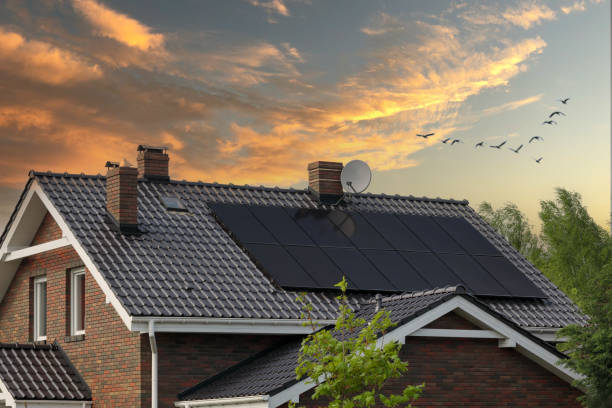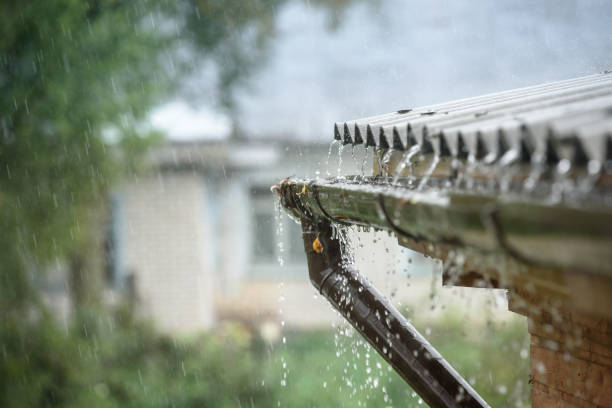Creating an Energy-Efficient Home: Tips and Products for Conservation
Did you know that you can significantly reduce your energy consumption and contribute to a more sustainable future by creating an energy-efficient home? In today’s world, where environmental concerns are at the forefront, adopting energy-saving practices and using efficient products has become crucial. This article will guide you through the process of creating an energy-efficient home, providing you with valuable tips and product recommendations to conserve energy and lower your carbon footprint.
Table of Contents
Introduction
Welcome to the world of energy efficiency! In this article, we will explore the concept of energy efficiency and its benefits. We will then dive into practical tips for creating an energy-efficient home, covering various aspects such as insulation, lighting, appliances, and water conservation. Additionally, we will discuss energy-efficient products that can further enhance your conservation efforts. Let’s get started on this journey toward a greener and more sustainable home!
Understanding Energy Efficiency
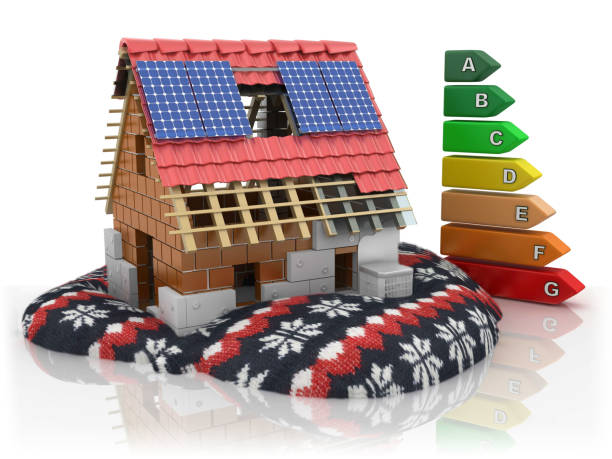
What is Energy Efficiency?
Energy efficiency refers to the efficient utilization of energy resources to accomplish a desired outcome. It involves minimizing energy waste and maximizing energy productivity without compromising on comfort or performance. By adopting energy-efficient practices, you can reduce energy consumption, lower utility bills, and minimize the environmental impact associated with energy production and consumption.
Benefits of Energy Efficiency
There are numerous benefits to making your home more energy-efficient. Firstly, you can significantly reduce your energy bills, saving money in the long run. Secondly, energy efficiency helps in conserving natural resources and reducing greenhouse gas emissions, thereby mitigating climate change. Additionally, an energy-efficient home provides improved comfort, better indoor air quality, and increased property value. It’s a win-win situation for both your wallet and the planet!
Tips for Creating an Energy-Efficient Home
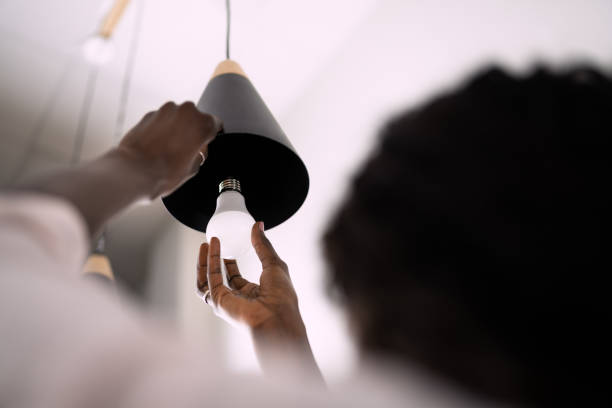
Insulation and Sealing
Proper insulation and sealing are fundamental for an energy-efficient home. Insulating your walls, roof, and floors helps in maintaining a comfortable temperature indoors while minimizing the need for excessive heating or cooling. Additionally, sealing gaps, cracks, and air leaks prevents energy loss and ensures that conditioned air remains inside your home.
Energy-Efficient Lighting
Lighting accounts for a significant portion of residential energy consumption. By switching to energy-efficient lighting options such as LED bulbs, you can save both energy and money. LED bulbs use significantly less electricity, have a longer lifespan, and provide better quality lighting compared to traditional incandescent bulbs.
Efficient Appliances and Electronics
When it comes to appliances and electronics, opt for energy-efficient models. Look for the Energy Star label, which indicates that the product meets strict energy efficiency guidelines set by the Environmental Protection Agency (EPA). Energy-efficient appliances and electronics consume less energy while maintaining high performance standards.
Smart Thermostats and HVAC Systems
Investing in a smart thermostat and an energy-efficient HVAC (Heating, Ventilation, and Air Conditioning) system can yield significant energy savings. Smart thermostats allow you to regulate your home’s temperature more efficiently, adjusting it based on your schedule and preferences. Energy-efficient HVAC systems use less energy to heat or cool your home, reducing energy waste.
Water Conservation
Conserving water is an essential aspect of creating an energy-efficient home. Install low-flow faucets and showerheads to reduce water consumption without compromising on functionality. Fix leaky pipes promptly, and consider installing a rainwater harvesting system to utilize natural water sources for tasks like watering plants and washing cars.
Energy-Efficient Products for Conservation
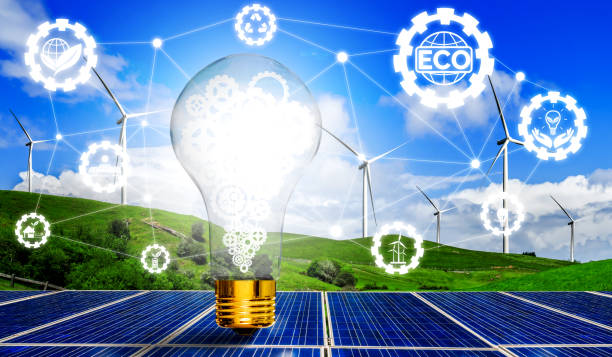
Energy Star Certified Products
Energy Star certified products include a wide range of appliances, electronics, and building materials that meet strict energy efficiency standards. From refrigerators and washing machines to windows and insulation, Energy Star products can significantly reduce your energy consumption and save you money in the long run.
Solar Panels and Renewable Energy Systems
Harnessing solar power through the installation of solar panels is a fantastic way to generate clean and renewable energy. Solar panels convert sunlight into electricity, which can power your home’s electrical systems. By utilizing renewable energy sources, you can decrease your dependence on fossil fuels and reduce your carbon footprint.
Energy-Efficient Windows and Doors
Energy-efficient windows and doors play a vital role in maintaining a well-insulated home. Look for windows and doors with a high energy performance rating, which indicates their ability to prevent heat transfer and reduce energy loss. These products are typically equipped with features such as low-emissivity coatings and multiple panes to enhance energy efficiency.
Final Thoughts
Congratulations! You are now equipped with valuable knowledge on creating an energy-efficient home. By implementing the tips provided in this article and utilizing energy-efficient products, you can make a significant impact on both your energy bills and the environment. Remember, small changes can lead to significant results. So, take the first step toward a more sustainable future by transforming your home into an energy-efficient haven.
FAQs
Are energy-efficient products more expensive than conventional ones?
While some energy-efficient products may have a slightly higher upfront cost, they often provide long-term savings through reduced energy consumption and lower utility bills.
Can I create an energy-efficient home without renovating?
Absolutely! Simple changes like using LED bulbs, sealing air leaks, and adopting energy-saving habits can significantly improve your home’s energy efficiency.
How much can I save on my energy bills by creating an energy-efficient home?
The amount of savings varies depending on various factors such as your current energy usage, the extent of energy-efficient improvements, and local energy costs. However, it is common to see reductions of 10% to 30% in energy bills.
Are there any government incentives or rebates available for energy-efficient home improvements?
Yes, many governments offer incentives, tax credits, or rebates to encourage homeowners to adopt energy-efficient practices and invest in energy-saving products. Check with your local authorities or energy providers to explore the available options.
Can energy-efficient upgrades increase the value of my home?
es, energy-efficient upgrades can enhance your home’s value. Many homebuyers are actively seeking energy-efficient features, which can make your property more appealing and potentially fetch a higher selling price.

